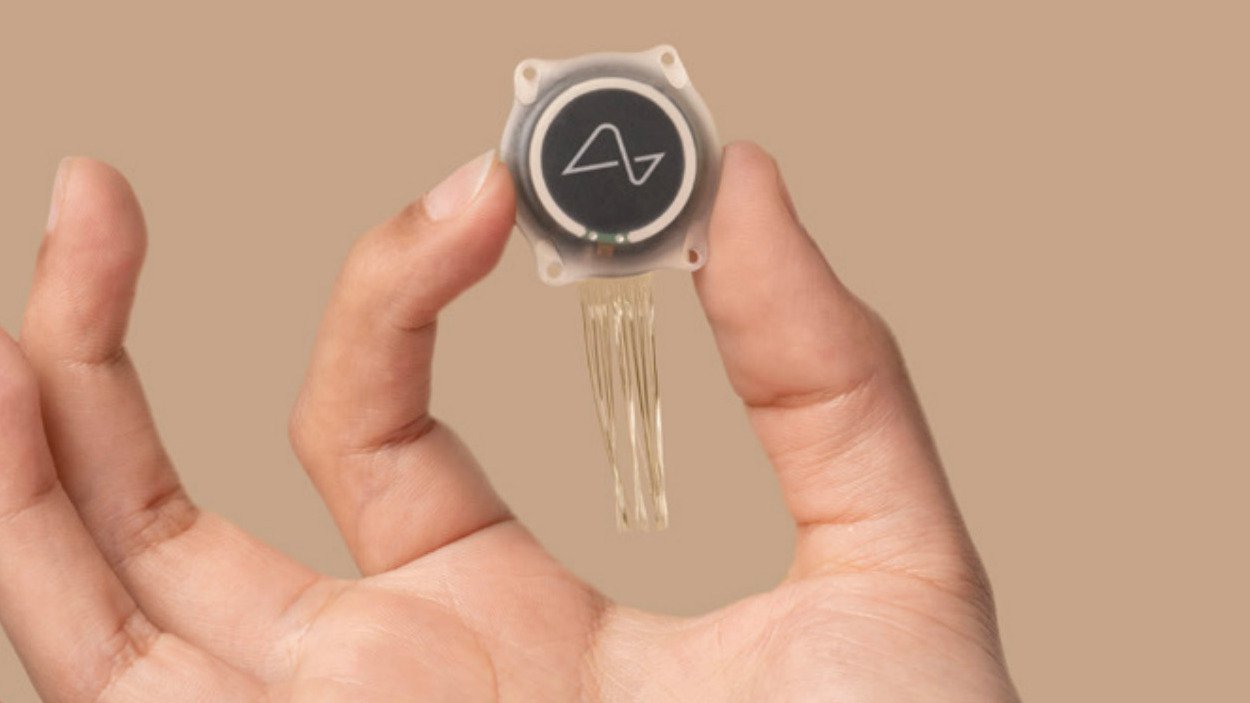Imagine controlling your computer with your thoughts, or regaining movement after paralysis.
Elon Musk’s Neuralink strives to make this a reality with its brain-computer interface (BCI) technology. The recent first human implant is a monumental step toward enabling people to interact with technology using only their minds. However, along with the excitement comes critical questions about accessibility, ethics, and the Neuralink implant cost.
This blog post discusses the details of Neuralink. Let’s explore its technology, potential benefits, the associated challenges, and the crucial economic considerations surrounding its widespread adoption.
What is Neuralink?
Founded in 2017, Neuralink aims to develop a BCI that can assist individuals with traumatic injuries, enabling them to operate devices like phones and computers solely through their thoughts. The core of this technology involves surgically implanting electrodes into the brain to interpret neural signals.
While the concept of BCIs isn’t entirely new, Neuralink’s ambition is to create a more precise, versatile, and ultimately, more accessible technology.

Image Source: [NPR.org]
What is it Made Up of?
The Neuralink implant comprises two main components:
- 1. The Case: Firstly, this external, coin-sized casing is placed on the skull. It houses the battery, electronics, and processing unit responsible for signal transmission and device control. It’s designed to be cosmetically subtle, minimizing any visible signs of the implant.
- 2. The Threads: These are the device’s intricate “neural lace”. Featuring an array of 1,024 electrodes distributed across 64 flexible threads. These threads are meticulously implanted onto the brain’s surface using a highly precise surgical robot.
How Neuralink Implants Function?
The implantation process unfolds in a sequence of carefully orchestrated steps:
- 1. Skull Removal: A small, circular section of the skull is removed. It is roughly the size of a coin and it provides access to the brain’s surface.
- 2. Robotic Insertion: A custom-designed surgical robot. It is equipped with advanced imaging and guidance systems and precisely inserts flexible threads into specific areas of the brain. This ensures minimal damage to surrounding tissue and optimal electrode placement.
- 3. Device Placement: The Neuralink device is positioned to replace the removed portion of the skull, effectively sealing the opening.
- 4. Closure: Lastly, the incision is meticulously closed. That be done using biocompatible adhesives or sutures. Resulting in a seamless and cosmetically appealing outcome.

Once implanted, the electrodes act as highly sensitive sensors, monitoring the electrical activity of nearby brain neurons. They detect and record the subtle patterns of neuronal firing, which correspond to various thoughts, intentions, and commands. These signals are then processed by the chip. Deciphering the underlying brain activity and translating it into actionable instructions for controlling external devices or systems.
Data is wirelessly transmitted to a Neuralink app, which further refines and decodes the signals. Wireless charging eliminates the need for external connections. Musk dubbed the device “Telepathy”, alluding to the technology’s potential to enable thought-based communication and control.
Behind the Chip: The Technological Marvel
The Neuralink chip is designed to be fully implantable and nearly invisible. It ensures user comfort and discretion. Its flexible threads, equipped with 1,024 electrodes, can record neural activity with remarkable precision. These neurons communicate through electrical and chemical signals, driving nearly all human functions. The custom-designed chip processes these signals and wirelessly transmits them to a digital device via Bluetooth.
Additionally, Neuralink’s innovation lies in seamlessly integrating existing technologies into a single, cohesive system. And help in achieving a direct connection between electrodes and individual neurons. This contrasts with other BCIs that target signals from groups of neurons, potentially enabling a higher degree of precision and control.
The Potential Applications: Transforming Lives
Majorly, Neuralink’s initial focus is on assisting paralyzed individuals in regaining control over limbs, prosthetic devices, and communication tools. So, by decoding neural signals related to movement and intention, the chip allows users to control external devices with their thoughts.
Beyond paralysis, Neuralink envisions applications for individuals with hearing and vision loss. Elon Musk even proposes the potential for the implant to enable humans to merge with artificial intelligence, sparking both excitement and ethical considerations.
Neuralink Implant Cost
The question on everyone’s mind is: What is the likely neuralink implant cost? While Neuralink has yet to officially announce pricing, the financial implications of this groundbreaking technology are significant. Bloomberg estimates the initial cost to be around $10,500, but insurance companies in the US could be charged upwards of $40,000 to cover the procedure and associated care.
Elon Musk has repeatedly stated his commitment to making the neuralink implant cost affordable, envisioning a price point comparable to popular consumer electronics like an Apple Watch or a smartphone. To achieve this goal, he aims to streamline the implantation procedure, envisioning a “600-second surgery” that would drastically reduce the cost and time required for the procedure. Musk anticipates that the eventual price could be in the range of a few thousand dollars, similar to the cost of LASIK eye surgery.
Moreover, the accessibility of this technology will hinge on factors such as manufacturing scalability, surgical efficiency, insurance coverage, and potential government subsidies.
Challenges and Ethical Considerations
Despite the tremendous excitement surrounding Neuralink, the company faces numerous technical, ethical, and regulatory challenges. During early trials, some of the device’s ultra-thin threads began to retract from the patient’s brain, necessitating technological and surgical adjustments. Additionally, Neuralink has faced criticism for its animal testing practices.
From an ethical standpoint, concerns have been raised about the potential for technology misuse, personal data security, and the potential impact on human identity and autonomy.
The Future of BCIs: A New Frontier in Human-Machine Interaction
Neuralink’s advances represent a potential paradigm shift from external wearable devices to internal implants, heralding a new era of technological integration with the human nervous system. While Neuralink is not the sole player in the BCI arena, its pioneering work and Musk’s ambitious vision have placed it at the forefront of public attention.
Finally, as the technology matures, addressing ethical concerns and ensuring responsible development and implementation will be essential to realize its full potential and mitigate potential risks. In the end, the ultimate success of Neuralink and other BCI companies will depend on their ability to navigate these complex challenges and deliver safe, effective, and accessible solutions that benefit humanity.












